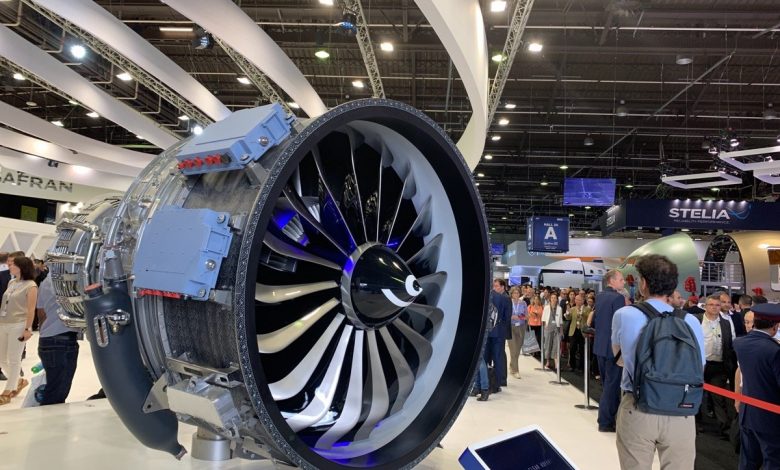
The applications of 3D Printing Perth cover different sectors and across industries from education and fashion to automotive and aerospace. This technology became an ultimate game-changer, helping various industries to thrive and succeed in the digital age.
3D print technology is creating a path for industry players and leading the way for the next industrial revolution, particularly in the aerospace sector.
In this article, you will learn how 3D Printing Perth helps the aerospace industry thrive and position itself for the future through better and faster product development processes.
Impacts of 3D Printing Perth in Aerospace Industry
The aerospace industry is one of the industries that early adopt 3D printing services. This technology provides a scalable solution to the aerospace sector and enables innovation in technical production.
Let’s discover how 3D print technology impacts the aerospace industry and its benefits for this sector.
Prototyping of Concept Models and Manufacturing
During the design development, prototyping is a process that needs precise detailing. 3D printing is a great partner during this stage, mainly due to its unparalleled prototyping abilities.
From full-scale enclosures to concept models, 3D printing techniques are very advanced and with a high level of parts detailing for visual prototypes.
Another significant advantage of 3D print technology is the freedom of iteration. Wherein you can manufacture one part of the whole production to perform tests. And then, make enhancements or improvements to the 3D model, print a new version, and make adjustments again until you are satisfied with the final result.
In any industry, lead times are crucial. With the traditional manufacturing technique, some parts may take weeks to manufacture. But using 3D printing, lead times are shortened.
Manufacturing of Lighter and More Efficient Components
Designers and engineers in the commercial and military aerospace industries need strong, lightweight, and flight-worthy components for prototype and production parts. These people rely on 3D printing and advanced manufacturing in delivering solutions quickly for harsh environments and applications.
Moreover, reducing the aircraft weight also reduces the environmental impact of flying. The aircraft components printed in 3D help reduce its air drag, resulting in lower fuel consumption.
In the aerospace industry, 3D printing makes the manufacture of lighter and highly efficient engine and turbine components possible that reduce aircraft weight.
Lower Production Costs
Typically, the aircraft parts are manufactured in short runs, which means the high costs are in-built. But with the advances in 3D print technology, the production costs are lower along with other efficiencies.
As a result, manufacturers can produce short runs of complex, large-scale aircraft parts.
Moreover, these vital components will also be more lightweight and durable than traditionally manufactured parts.
Eliminates Costly Tooling Changes
Expensive tooling changes are part of traditional manufacturing processes. It is because the different parts need or require different tooling settings. 3D printing eliminates the expense and the time it takes to produce them.
This technology offers aircraft manufacturers the chance to implement what is effectively tool-less manufacturing. It means they can manufacture modified parts or upgrades without the need to stock these considerable numbers of components.
Lastly, 3D printing can also consolidate several smaller components into a single piece that streamlines production processes and make them more cost-effective and reduce waste.
